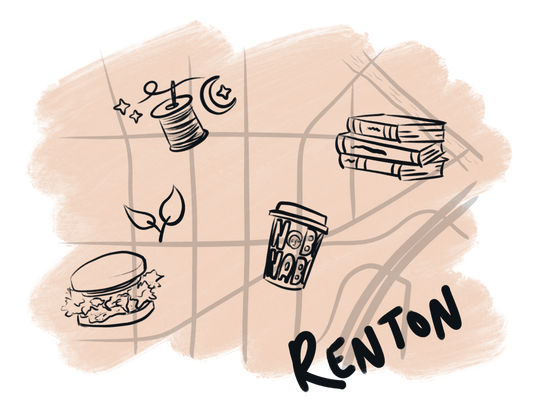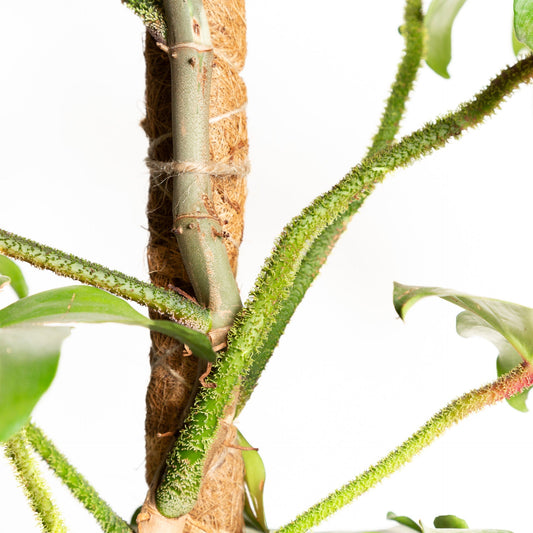
How to Keep Your Plants Happy While You're Out of Town for the Holidays
It’s always hard to leave your plants for long periods of time. You’ve invested countless hours lovingly tending to their needs, helping them grow, getting them looking amazing - so how do you ensure that’s what you’ll come home to after your extended holiday trip?
If you look up “how to prep your plants for vacation” most of the information is geared towards a summer escape. Many plants grow more slowly or even become dormant during the cold and dark months, which alters their care needs. This doesn’t necessarily mean preparation isn’t necessary before your winter holiday, however. Here’s the do’s and don’t of prepping your plants before a cold weather trip.
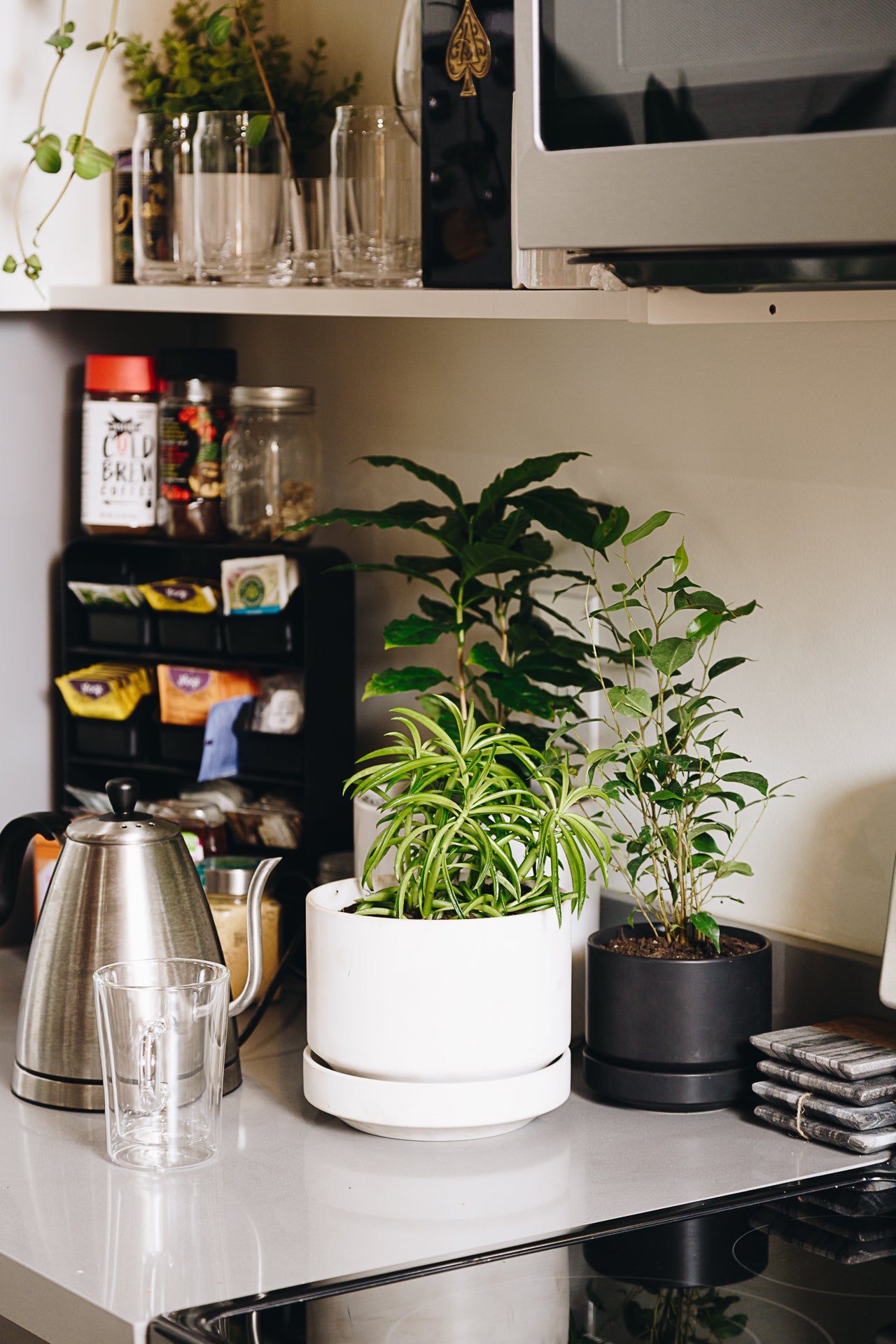
Do - Move plants away from vents
Most house plants originate from tropical environments where the temperatures stay fairly evenly between 65-85 degrees F. In nature, they are unlikely to experience prolonged exposure to the radiant chill of a drafty window or un-ending hot dry breezes. Either of these conditions could cause temperature shock in your unattended plants. Taking a little time to proactively shift your plants before your trip can save you loads of heartache later.
Don't - Turn your heat off
Most house plants originate from tropical environments where the temperatures stay fairly evenly between 65-85 degrees F. In nature, they are unlikely to experience prolonged exposure to the radiant chill of a drafty window or un-ending hot dry breezes. Either of these conditions could cause temperature shock in your unattended plants. Taking a little time to proactively shift your plants before your trip can save you loads of heartache later.
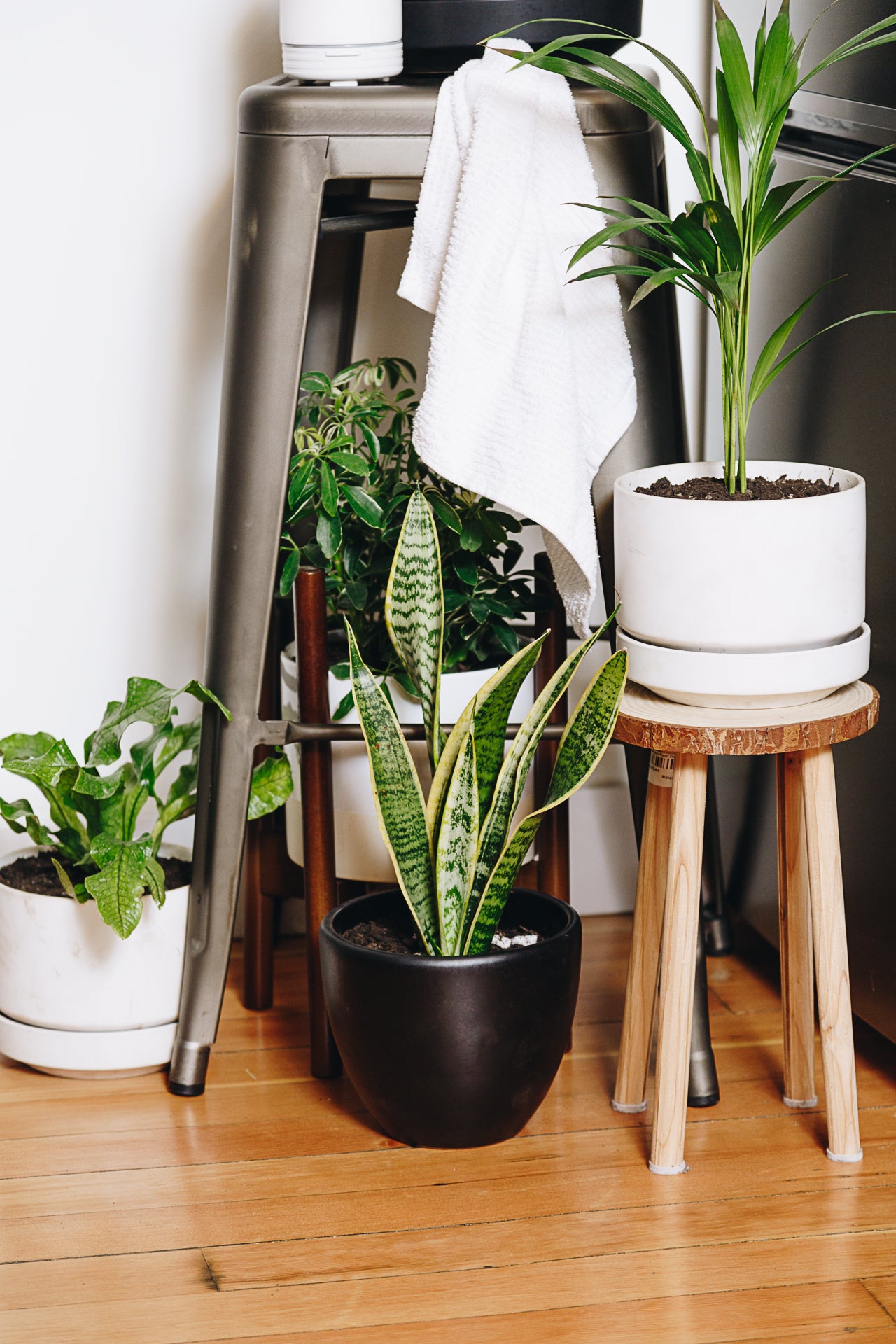
Don't - Turn the heat below 65
As we mentioned above, most house plants are adapted to tropical environments which mimic the temperatures comfortable to most humans when they are home. However, we sometimes forget to keep things warm for them when we’re NOT in the house. To conserve energy you can move all of your plants into a single room and just heat that room. Grouping your plants together in one room can also help maintain their humidity levels -especially if paired with a pebble tray or two.
Do - Check soil moisture before you go
If your plants are ready for a drink by the time you're headed out the door be sure to give them a thorough watering. Depending on the length of your trip and the kind of plants you keep, this may be all that you need. As your plant’s access to light fades, it uses less water which means you can go for a longer period in between watering. If you have a regular check on your soil schedule, you’ll likely have a good idea of how long your plants can currently go between waterings.
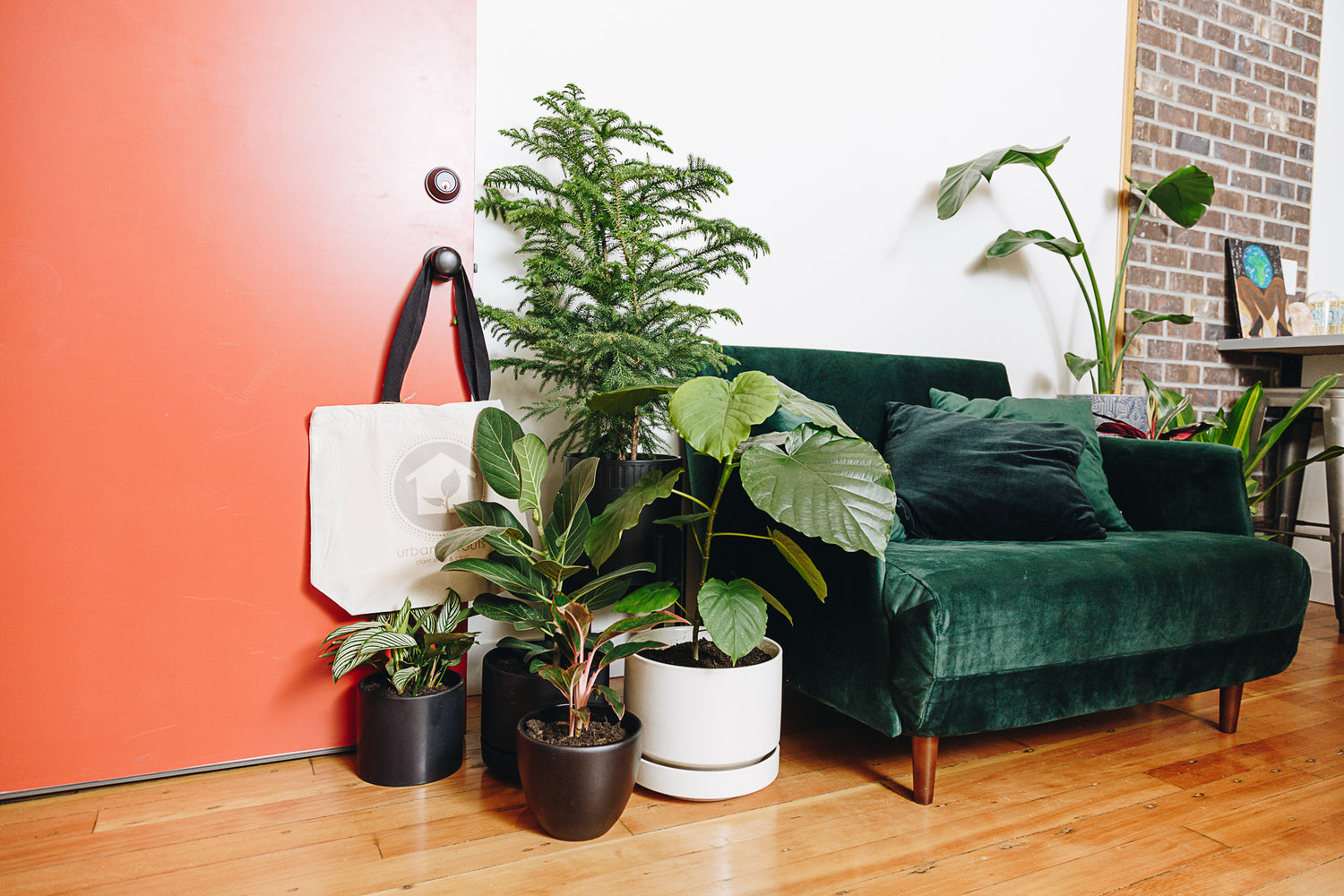
Don't - Expect a house/pet/or plant sitter to know how to care for your plants
Even an experienced plant keeper doesn’t know the care needs of every species of house plant someone might have in their home, and knowing the last time you watered and how often you’ve been watering saves your helpful friend from added detective work. If you don’t want to write out the individual needs, we recommend these gorgeous wooden care stakes – not only do they help you remember the name and needs of your plants, it makes it much easier for plant sitters or office mates to keep your plants healthy while you’re away.
Do – Give your plants a thorough pest and ailment examination before you leave
Check your full plant including the undersides of the leaves and the nooks where the petioles meet the stems for anything out of the ordinary. Common signs of pests are webbing, squiggling marks on the leaves, raised crusty “growths” along the stem, and translucent patches. Also keep an eye out for spotting on the leaves which can be an indication of a fungal infection. If everything looks normal, a preventative neem oil treatment can help you ensure it stays that way while you’re away.
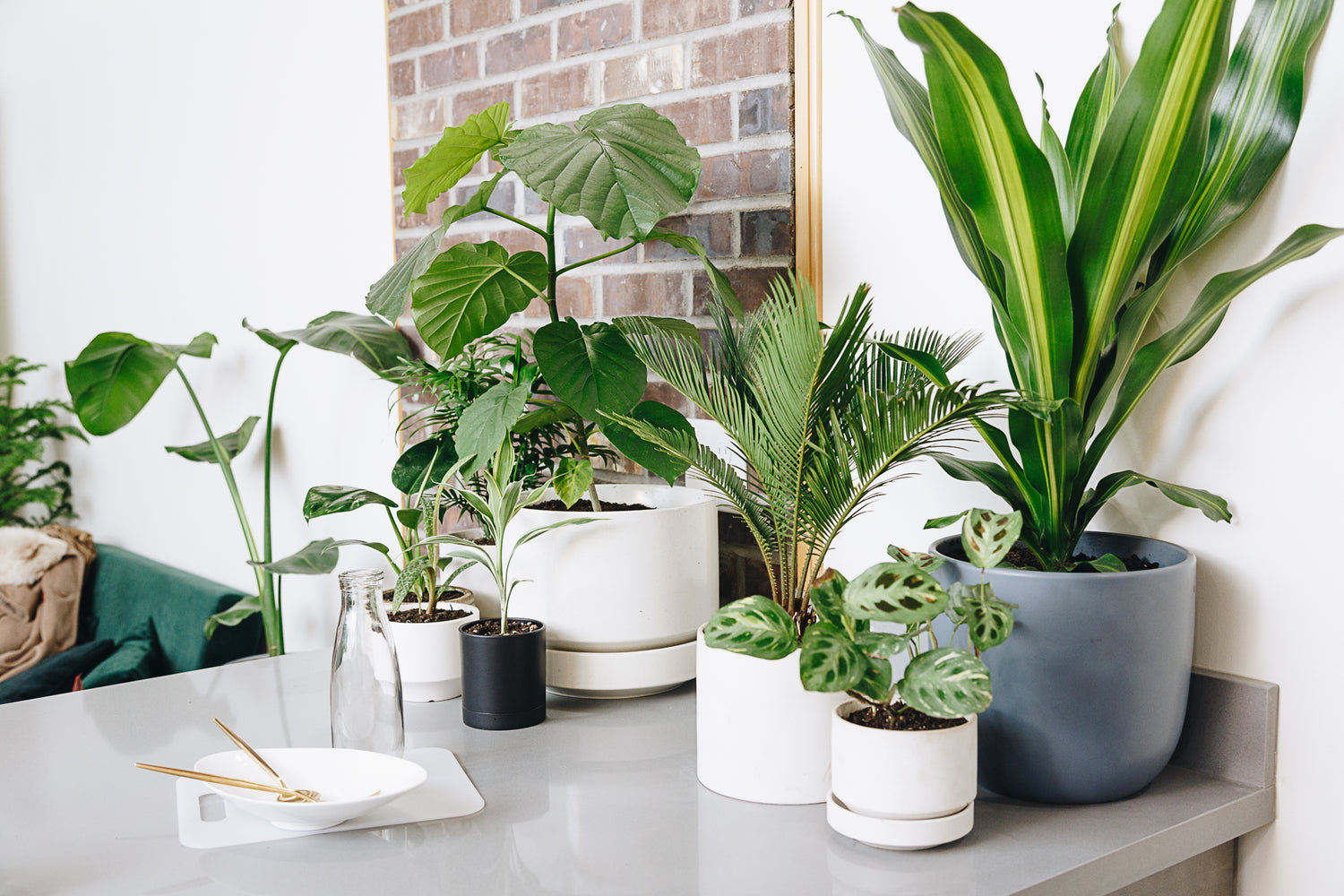
Don’t – Put off treating plants until after you get back
Preparing for a trip can be intense, and it’s tempting to push a minor plant pest issue to the back of your mind to be delt with once you get back. The problem is the longer treatment gets put off, the more damage it can do to your plant and the more likely it is to spread to your other plants. It is MUCH easier to treat an individual plant for spider mite than to try and manage an infestation of ALL of your plants. If you don’t have the time or energy to tackle a pest problem, dropping the effected plant off at our plant clinic is a great option. We’ll take care of whatever the issue is while you’re away, and you can come back to a rehabilitated and healthy plant (while protecting the rest of your foliaged friends from infection)
And finally
Do – Give your plants a thorough pest and ailment examination before you leave
Do- Consider your plants light needs before you depart. Most of us pull the curtains and blinds as a protective gesture before leaving. While many plants are adapted to a little bit of a shift in light, leaving them in the dark for a few weeks can have a negative impact on their health.
If you have a sitter who is also caring for your plants having them open your blinds when they arrive and close them when they leave can be enough. If not, you might consider moving your plants to a room with windows that aren’t street facing or investing in a few grow lights that you can set up on timers.
If there is one key point to remember when setting your plants up for long term success, it’s that they thrive on consistency. They root in one place, and their needs are adapted to the environment in which they evolved. That doesn’t mean you have to give up your family gatherings or snow bound adventures in order to maintain a beautiful indoor collection. With a little bit of planning and prep work, you can ensure your crew is just as stunning when you return as it was when you left.
Blogs you might like to read
